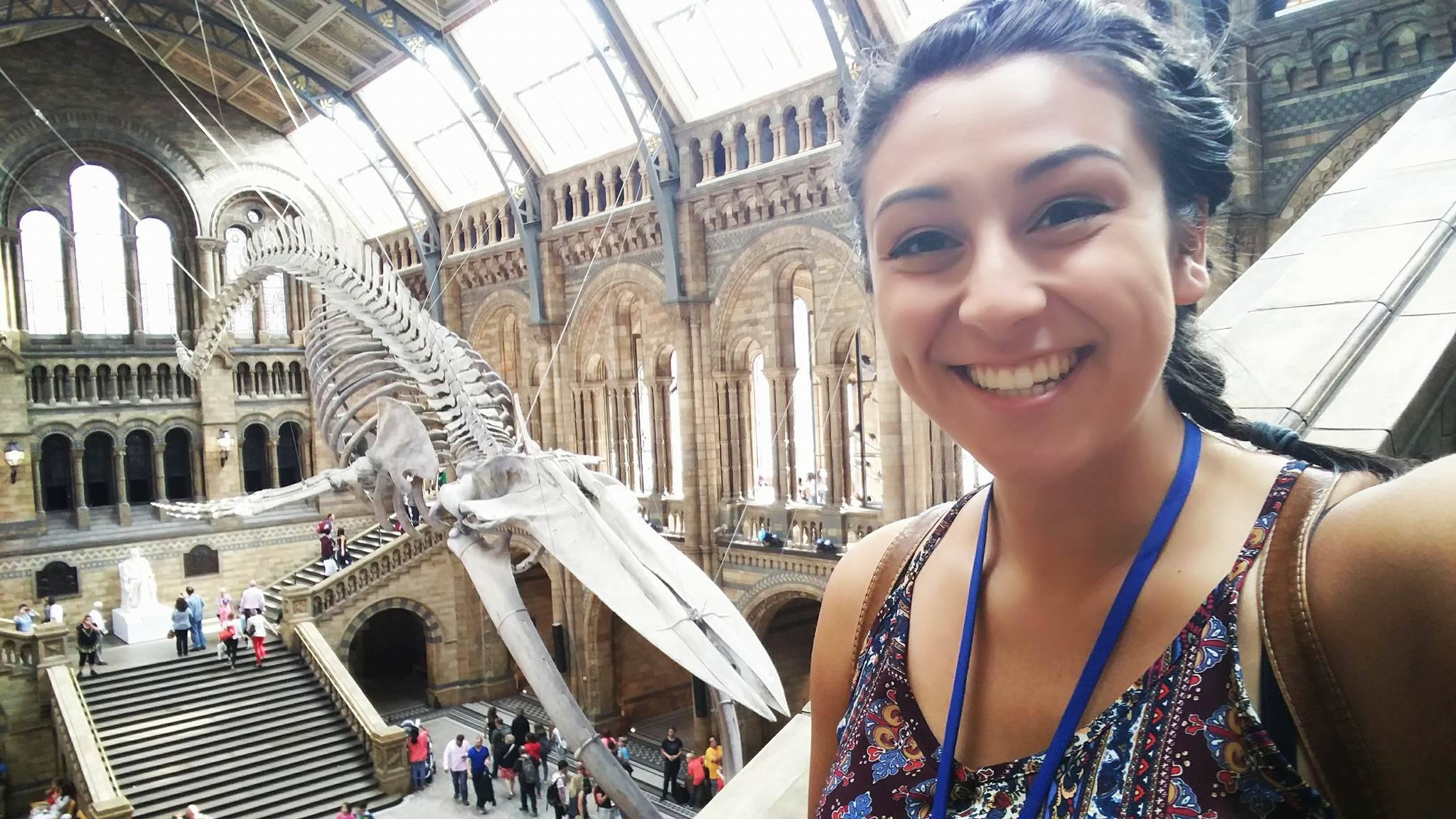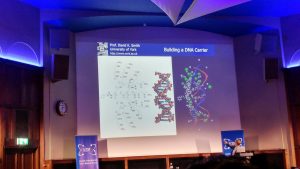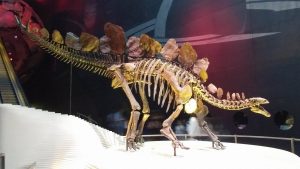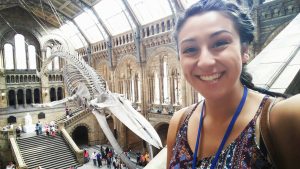I had a comment about my lack-luster titles, so hopefully this one meets higher standards. *cough cough* The critic knows who they are.
Started today off with a lecture on hydrogen fuel cells. I am a huge supporter of clean energy and new ways to improve the global climate and found the talk inspiring. From what I understand, (which is fairly little about proton exchange membrane fuel cells) the fuel cells being manufactured today are between 50 and 70 percent efficient, and with recycling of the heat and water produced as waste products, engines can be up to 90 percent efficient. This sounds absolutely wonderful, but there are still major issue existing in political and economic incentives to develop Hydrogen cells. Additionally, the platinum catalysts being used in fuel cells is expensive, and the thermodynamics surrounding the creation of pure hydrogen is still not lying in favour of useful energy production. I am skeptical as to whether or not thermodynamics will ever be in our favour, but Maurice Brown of Utrecht University encouraged us to dream big and look towards a future where hydrogen fuel cells power everything from our cars to our phones and houses.
We had a second lecture this morning in the lecture hall at the Royal Geographical Society. This lecture by Professor David Smith concentrated on medicinal chemistry and the historical development of the field. He identified one of the first anti-malarial treatments used, quinine, a compound originally found in the bark of the “fever tree” which is now also found in tonic water and gives the drink fluorescent qualities. Personally, I found the talk really intriguing. I have a passion for medicinal chemistry, and if any of you have the chance I would recommend you take it with Cory Beshara at UFV (Chem 412D). Smith had a passion for treatment of disease, particularly cystic fibrosis, as his partner has the disease. Two treatments were highlighted in the talk. One was a method for DNA delivery to specific cells to help reduce mucus build up in the lungs, lovingly dubbed “the nonapus” (pictured below). The second was the development of nano-structures for aiding the growth of cells, similar to the work being done at Imperial college in the department of biomaterials. Each field of study was exclusive from another but both would help in the treatment of cystic fibrosis. For me, this demonstrated how important it is to have a clear passion and direction when studying science. Dr. Smith’s talk was both moving and inspiring. His research is promising and I look forward to what is to come in the treatment of cystic fibrosis.
The end of lectures for the day brought time to visit museums. I have already spent time at the science museum and wanted to explore the natural history museum right next door. I walked around with one of the only other 21 year-olds at the forum, a girl from Australia who was wonderful to walk around with. We saw all the exhibits in the museum and I personally loved seeing the giant sequoia tree, Darwin, the mammals and some of the beautiful minerals collected from around the world. The museum is a must when travelling to London and with more than 5 million visitors a year, I am not the only one who thinks so.
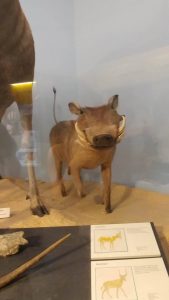
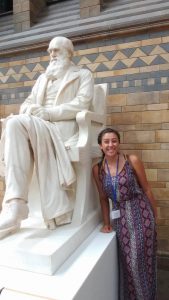
FINALLY we had dinner and finished the day off with the International Cabaret. Unfortunately, my phone died and I didn’t get any photos, but Perrin’s magic trick was really good, involving duct tape and an Australian. There were also some amazing dances and some great singers throughout the night. I applaud everyone brave enough to perform in front of all those people. It was a great time and there was a superb finale put on by the Australians.
Exhausted after a packed day so Goodnight! T.

